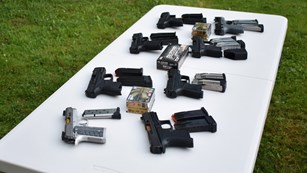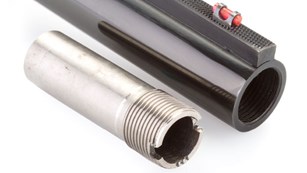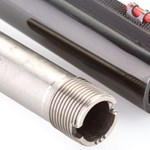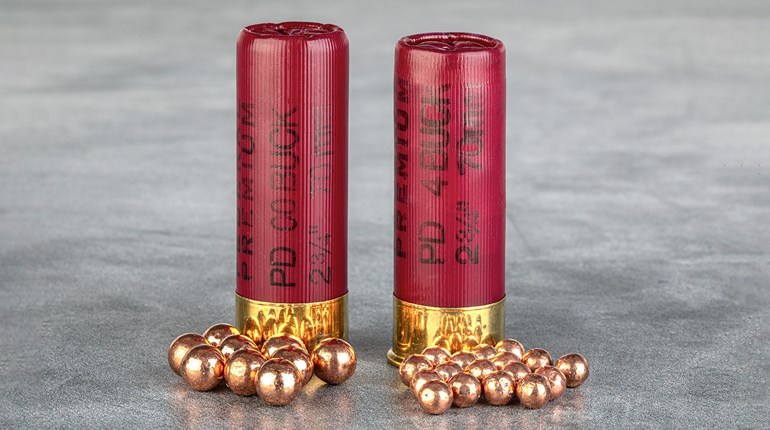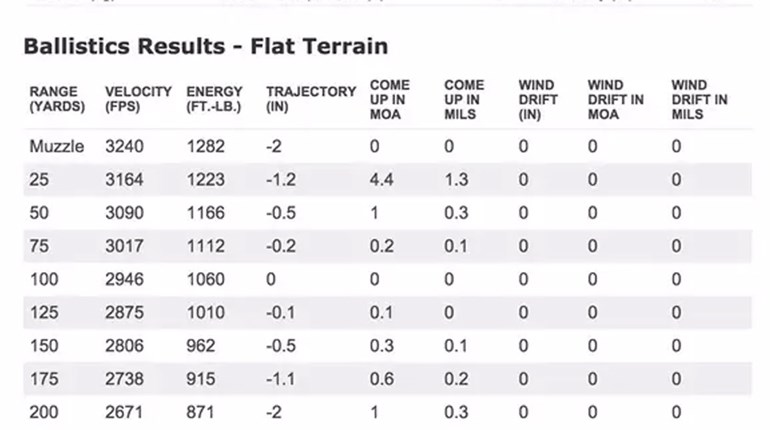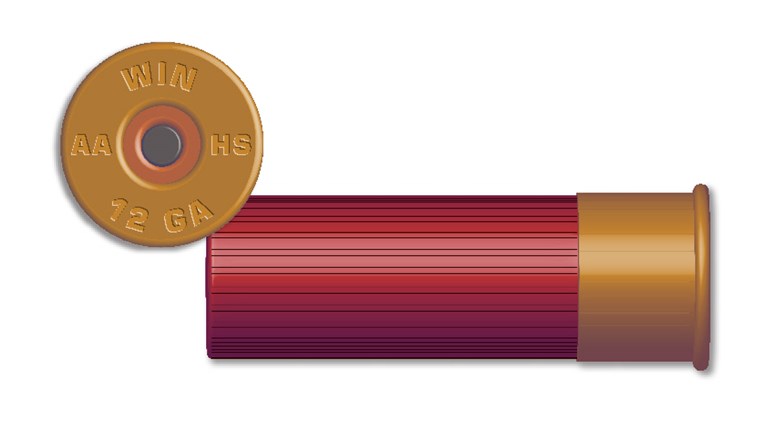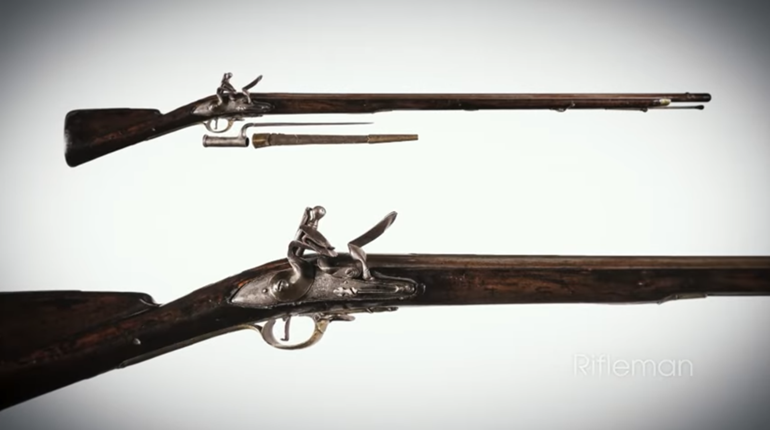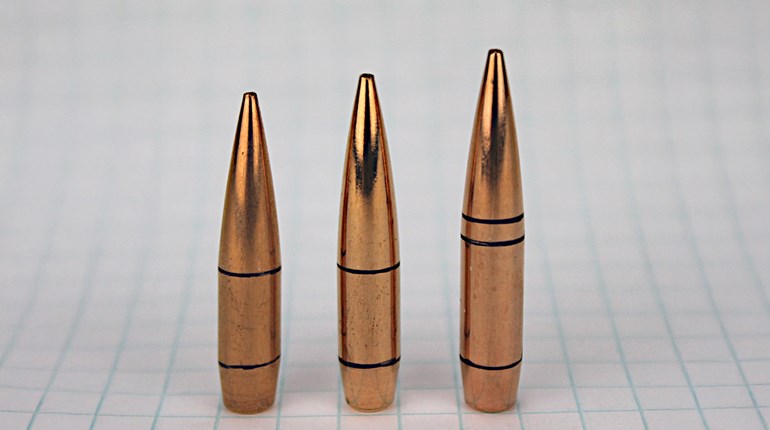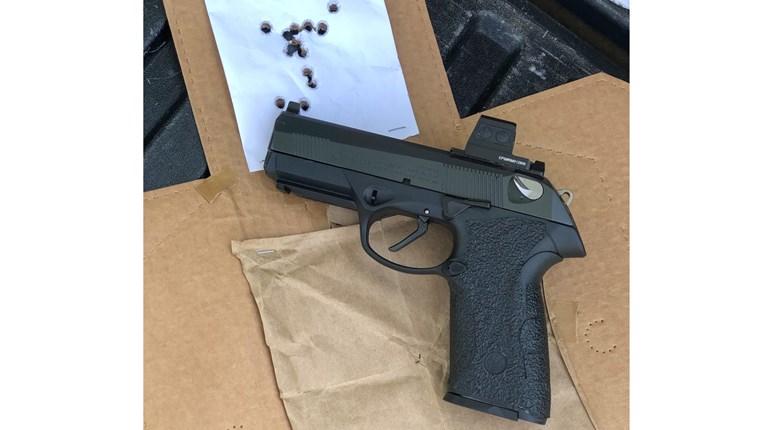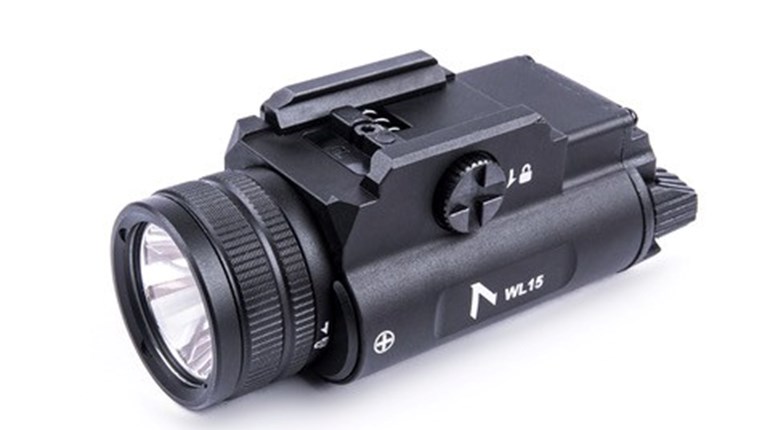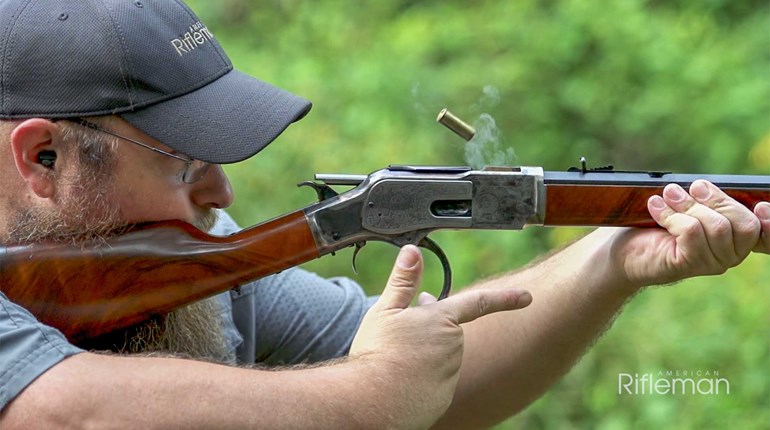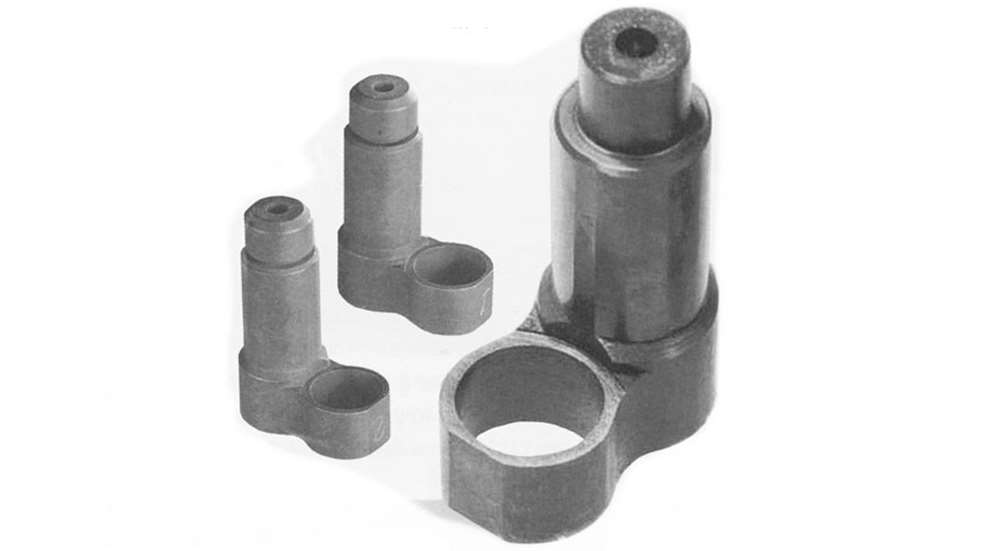
When you think "ammunition science," you're probably thinking of modern, smokeless cartridges...and for good reason; they're the most common type of ammunition currently used. However, there's a lot more out there! Here are three special types of projectiles that you might come across...and some critical information you need.
1. Sabots
A sabot is a full-bore-diameter carrier made of lightweight material that is used to launch a projectile of less than full bore diameter. A sabot may be discarding or non-discarding. The advantage of sabots include:
- higher muzzle velocity by virtue of the substantially larger area for the propellant gases to push against;
- the lower mass of the bullet/sabot together as compared to a full-bore-diameter bullet; and
- protection of the bore from hard metal projectiles.
Sabots for firearms aren't new; in fact, they date from early guns. However, teh technology to make them work effectively wasn't available until the mid-20th century. Early sabots were crudely made of wood, paper, leather and other materials. More modern sabots are precision-made of reinforced polymers and aluminum alloys. Examples of modern small arms sabots include:
- plastic blackpowder sabots as offered by numerous sources;
- plastic smokeless-powder rifle sabots such as the Remington Accelerator series; and
- sabot shotgun slugs (more on slugs next week!).
2. Buckshot
Buckshot are simply large, round balls of lead, bismuth or a tungsten-based composite. Buckshot sizes range from .27 caliber (No. 4) to .33 caliber (000). Buckshot pellets in flight are governed by the same laws as smaller and larger round balls, in that they have poor sectional density and a poor ballistic coefficient. Because of this, they lose velocity and energy very quickly, limiting their effective range. Buckshot loads are a popular choice for law enforcement, hunting large varmints and sometimes deer at very close range.
3. Blanks
Contrary to common misperception, blanks(pictured above) may actually have a projectile. However, the projectile is usually made of a lightweight frangible material that reduces lethality, range and penetration. In many cases, the projectiles in blanks are paper wads, plastic wads, paper bullets, wood bullets and even empty bullet jackets. Although blanks have a very limited danger zone, they can inflict serious injury or even death at close range.

